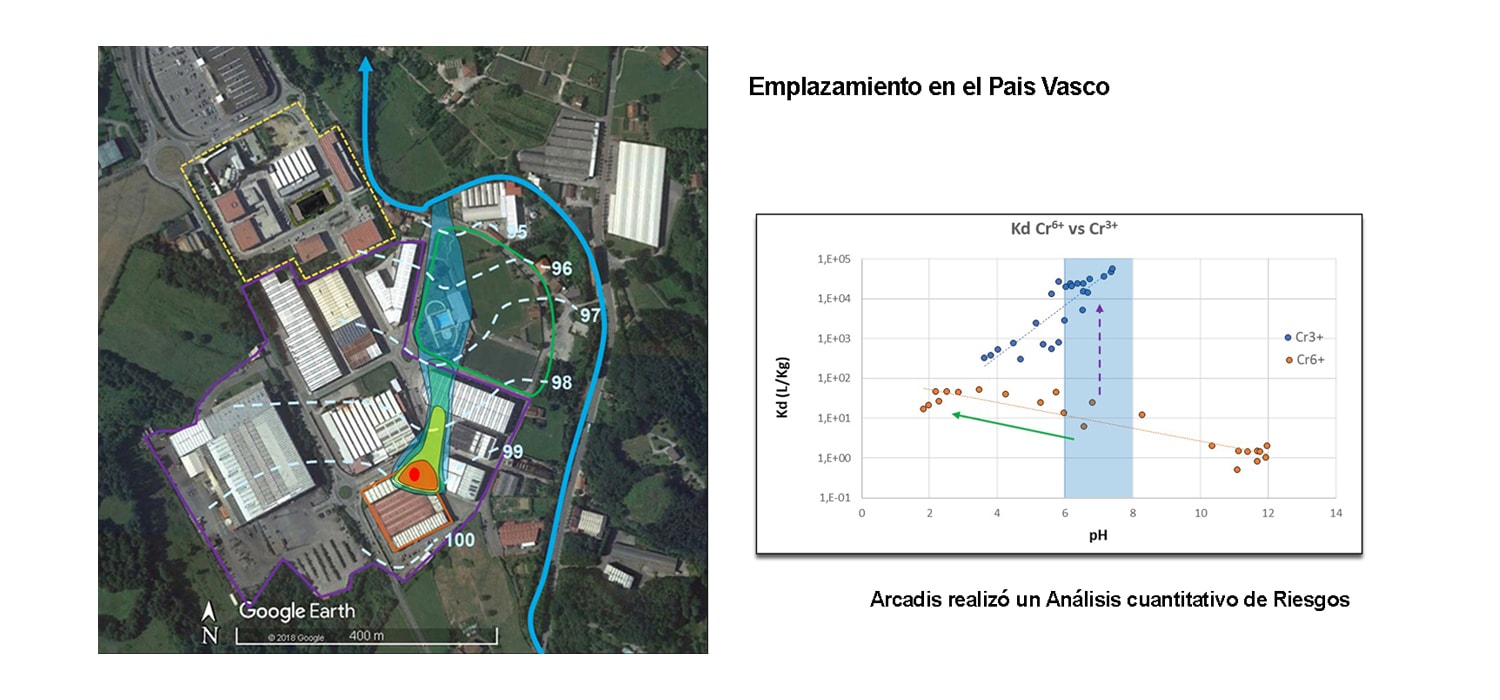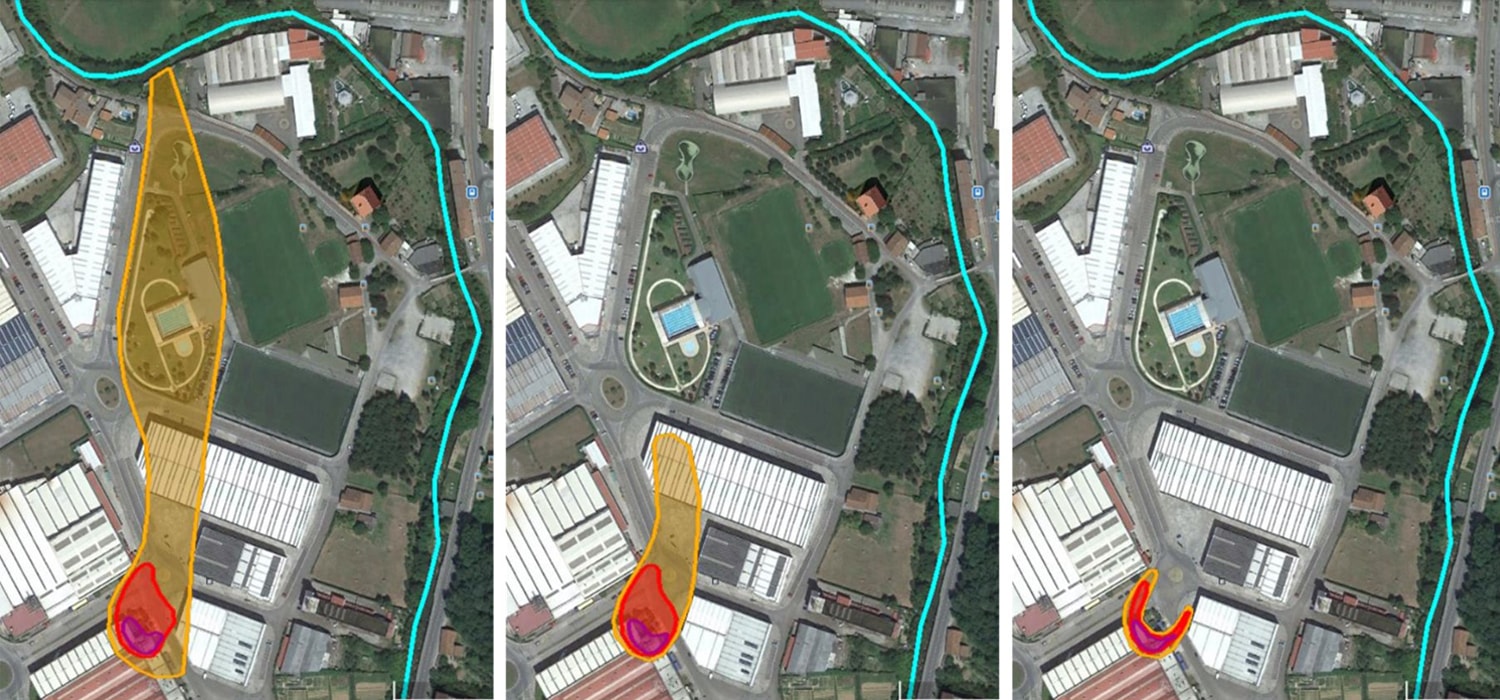Table of Contents
The challenge
Chromium-6 soil contamination in an urban location is a threat, and Arcadis found a solution that prevented a more serious problem for the environment and public health.
Chromium-6 contamination
The poison hidden beneath the earth
We don't normally spend time thinking about the ground we're walking on. But most of what we do is 'recorded' under our streets, buildings and industrial plants. The ground absorbs and hides the traces of our activity without us realizing. And sometimes what it's hiding isn't good.
-
READ MORE
Chromium-6, or hexavalent chromium, is a carcinogenic contaminant with a high propensity for traveling through groundwater. Our client's factory, located in an industrial area in the Basque Country, was above a large underground deposit of chromium-6 that had spread to an adjacent recreational area and was threatening to enter a nearby stream. Rapid action was needed to prevent the stream water becoming contaminated by the toxin and to inform the authorities about the remediation process.
The solution
Through the GRiP® Remediation Program, the potential alternatives were analyzed, and the choice was made to use a bioremediation process that neutralized the threat, employing a technology developed by Arcadis itself.
In-situ remediation
Remediating the chromium-6 contamination
The factory enlisted our GRiP® Remediation Program, which guarantees remediation upfront at a set price, and we got to work.
The first thing that the Arcadis technicians did was think about how to neutralize the threat posed by the chromium-6 and avoid a larger environmental problem. Removing tons of contaminated soil from beneath the factory was not a feasible solution, so a quantitative risk assessment was conducted so that reasonable remediation targets could be established.
-
READ MORE
Solving the problem required innovation. It was achieved through the development of a bioremediation technology that was applied in-situ, which converted the chromium-6 into chromium-3, a less harmful, non-carcinogenic and much less mobile compound. It was a truly innovative technique that had to be explained to the Basque authorities.
Its development involved testing at Arcadis laboratories to identify the most suitable substrates and dosages for each affected area. Whey was used in one of the areas, meaning that, as well as remediating the subsoil, a by-product from the food industry was given a second life.
Later, the remediation equipment was implemented, which we designed and manufactured ad hoc. Over several months, additives were injected to create subsoil conditions conducive to the conversion of the carcinogenic chromium into a harmless compound, thereby preventing the contamination in the soil from spreading and eventually entering the stream water.

The impact
After a year, the remediation proved successful, with the concentration levels of chromium-6 falling to a point where they ceased to pose an environmental threat.
We avoided an environmental accident
Neutralization of the environmental threat
The expected results of the remediation process were achieved after a year, with the concentration of chromium-6 gradually decreasing to the point that it no longer posed a threat to public health.
We were able to avoid a serious environmental accident that would have compromised the quality of the river water and its use in irrigation and water supply. That alone made the whole year's work worthwhile.
-
READ MORE
Furthermore, thanks to our intervention, our client avoided a serious administrative sanction, as well as the reputational damage that would have been caused by allowing an environmental problem of this size to occur. It was efficient, within budget and everybody won.





